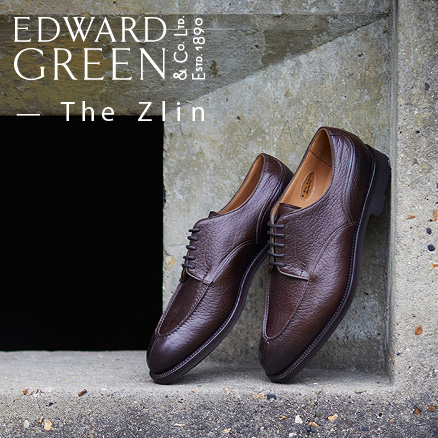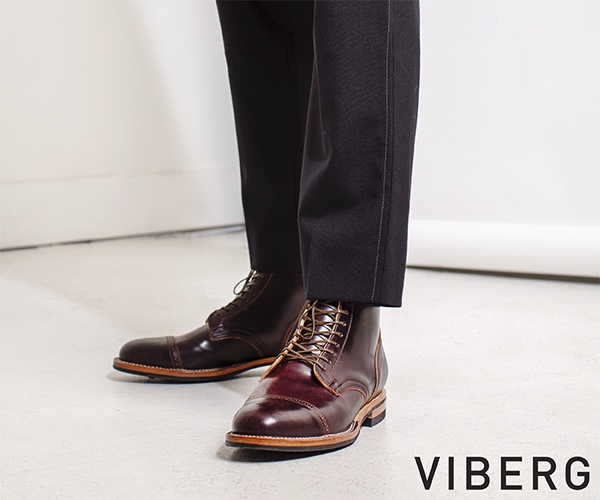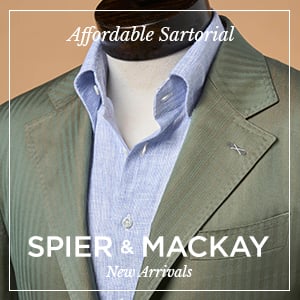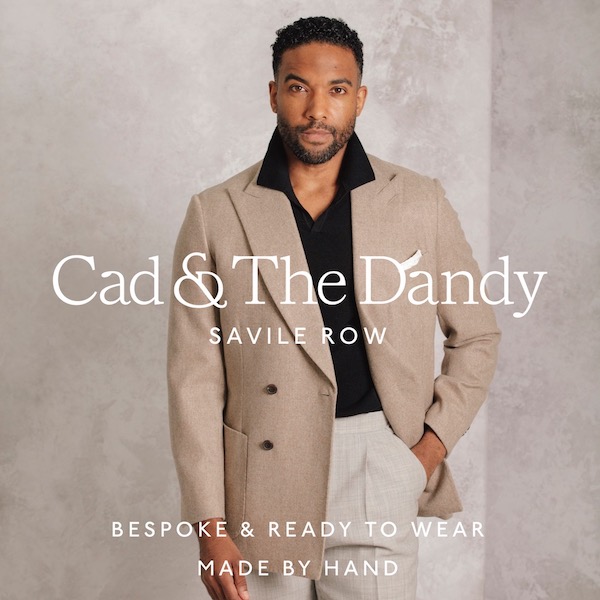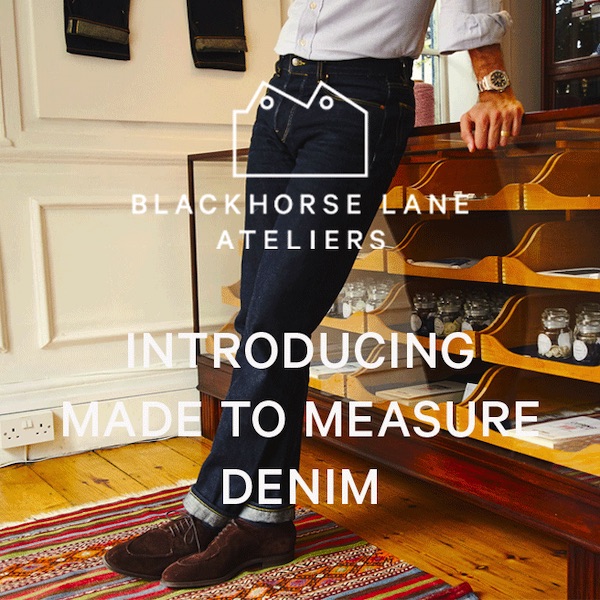Three eyewear brands recommended by Astrologo Ottica
- Accessories
- Glasses and jewellery
- astrologo ottica
- gast
- lunetterie generale
- matsuda
- ophy
- persol
- press
- tejesta

By Manish Puri.
While on holiday in Italy a few years ago, I wanted to find some beautiful sunglasses, because is there any country that’s done more for the accessory? Both in terms of manufacturing and cultural positioning.
Was it too much to hope I too could swan about the boot looking like Marcello Mastroianni in La Dolce Vita (above)? (The answer to that question turns out to be yes; the reasons why are numerous and entirely unconnected to eyewear.)
You can imagine my disheartenment upon finding that everywhere in Italy seemed to sell the same designer-branded rubbish I could have bought at Heathrow. I abandoned my fantasy and headed to Schostal in Rome to buy some pyjamas to soothe myself.
As I approached along Via della Fontanella di Borghese, just a few doors from Schostal, I passed another shop’s window display: gleaming white with a small selection of glasses artfully arranged. The absence of decals promoting Tom Ford and Gucci and Ray-Ban was promising. I stepped inside.
The shop was Astrologo Ottica, and while its glossy counters, minimalist styling and cosmic-sounding name all seemed futuristic, the service and the product proved to be steeped in old-fashioned values: stylish, handcrafted goods sold by knowledgeable people.

The business is run by Fabrizio Russo (above with his mother Paola and father Francesco, all opticians), but was started in 1932 by his grandfather (another optician). In 2006, the shop moved to its current location near the Spanish Steps; Fabrizio couldn’t immediately recall the year, but cheerily notes: “It was when Italy won the World Cup”.
Astrologo Ottica stocks over 30 eyewear brands from around the world, most of whom are personally scouted by Fabrizio – either at optical fairs like SILMO in Paris and MIDO in Milan or through online channels. It’s a deliberately eclectic selection, a rejoinder to the homogeneous supremacy of behemoths like Safilo and EssilorLuxottica.
“The brands under Luxottica use the same factory, same mindset, same product,” says Fabrizio. “And a lot of the frames are [cheaper] plastic, which has no weight or strength and is more likely to break than quality acetate. The frames of the brands we sell are much more durable.”

But, in such a competitive and aggressively marketed industry, convincing customers to buy eyewear from small, obscure artisans isn’t easy. “The big brands don’t have to explain anything. I have to sell through my knowledge, through explanation. I might not make a sale today, but I’ve planted a seed.”
It’s that combination of expertise and diversity of offering that keeps me coming back to Astrologo Ottica.
On my first visit, Fabrizio instantly spotted I had a pinguecula (a small benign growth) on my left eye and reminded me of the importance of protective eyewear in the sun. I’ve had countless eye exams, and this was the first time anyone had mentioned it.
I’ve now visited three times in total, and on each occasion I’ve left with a new, very different pair of sunglasses (all above). And in a trajectory that will be all too familiar to PS readers, each one was more expensive than the last.

On my last visit in June, I sat down with Fabrizio and asked him to show me a few of his favourite brands to share with you. We’ve focused on sunglasses as these are less risky to buy remotely, but the brands mentioned all sell eyeglasses too.
Astrologo Ottica has a webshop that ships abroad. And, I’m sure readers vacationing in Rome will appreciate knowing that the Tax Refund office is just a few doors away from the physical store – which makes purchases that much more tempting. Please note though, the shop is currently closed until August 28th, and any web orders placed now will be processed on that date.
I’ve also included links to the individual brand’s websites where you’ll be able to purchase directly or enquire about local stockists.

Press eyewear
Model above is Birth in Forever colour ($725)
A new brand (launched in 2024) from New York designer Jeff Press. The Press frames are almost exclusively made in Japan from Italian acetate, but their buffalo horn frames are handcrafted in Germany where “the best [horn] artisans” reside, according to Fabrizio.
The collection is fitted with Zeiss lenses – mostly bio-nylon or LightPro. The former delivers the lightness and durability of standard nylon lenses, but is more environmentally-friendly as it’s plant-based rather than petroleum-based.
The latter offers the same anti-glare benefits of polarised lenses, but is more selective in what light it filters, making it easier to see shadow and contrast, and read digital devices.

If there’s one thing that Fabrizio imprinted on me, it’s the importance of good lenses.
“When I buy brands, the frame’s design and material is important. But, I am an optician, and the lens is the number one most important. It’s what protects your eyes,” says Fabrizio. “The lenses in our glasses are made from reputable brands: Leica, Zeiss, Divel, Hoya.”
Of course, what makes a good lens would require a whole other article. Fabrizio is happiest when talking about UVA and UVB, spherical and chromatic aberration, anti-glare and anti-reflection, organic and mineral; I won’t pretend to know what all of these terms mean, let alone why they’re important, but I’m confident taking his advice.
Ophy eyewear
Model above is Gropius in Polished Black (€315)
Ophy’s collection is Italian through and through: a Sicilian designer (Placido Minissale), Italian lenses (Divel) and Italian made using Italian acetate – specifically Mazzucchelli, the world’s oldest and largest manufacturer.
Of the glasses we looked at, the Ophy glasses were the boldest with strong frames made up of sharp angles and straight, almost architectural lines – clearly a formative inspiration given the names of some of the models: Gropius, Gehry and Mies.
The colour options help make these glasses more approachable and wearable – most of Ophy’s frames are black or very dark Havana brown. And, I can see them balancing out rounder faces or complementing structured tailoring.

Fabrizio proceeded to show me a brand new capsule that Ophy had made in collaboration with renowned Italian hatmaker, Borsalino.
The collection is inspired by four cinematic icons: Marcello Mastroianni, Ingrid Bergman, Jean-Paul Belmondo and Alain Delon. (The latter pair worked together on a 1970 French gangster film Borsalino, which helped repopularise the fedora-style hat.)
The Marcello (above) is a shallow-lensed frame with thick arms that (although not identical) clearly nods to the glasses worn by Mastroianni in Fellini’s 8 ½ (below). Generally, Fabrizio is wary of shallow lenses (“they can let too much sun in under your eyes when you lie back on a sunlounger”), but I’m ok with that – my Mastroianni fantasy can only be thwarted so many times, Fabrizio!
The only thing I wasn’t keen on was the Borsalino logo on the left arm – one of the few overtly branded frames in the shop.


Lunetterie Générale
Model above is Hello Roméo in Vintage Crystal (€625)
A Canadian brand started by Julien Couture in 2018, Lunetterie Générale’s eyewear is handmade in Japan. Fabrizio tells me: “The Japanese have a strong optical culture, which might be because they have quite a high rate of myopia among their population.”
The acetate used for the frames is also Japanese, which tends to be denser and stiffer than the Italian variety due to an extended curing process – making it more expensive. Japanese acetate has a sharper, more glassy finish to it. “The way it’s brushed, it almost looks like marble,” adds Fabrizio.
Fabrizio describes Lunetterie Générale’s models as “more classical and elegant – especially the men’s designs”. With surgical precision he identifies my achilles heel and adds: “They look very nice with tailoring.”

Having eyed the brand on each of my three visits, that nudge from Fabrizio was all I needed to take the leap from Browser’s Bluff into Buyer’s Bay.
And, having previously purchased thicker acetate frames from Ottica Astrologo, I opted for the Cavalier Seul (above): a 4mm-thick frame made from beta-titanium (an alloy with a higher weight to strength ratio than pure titanium).
The relative simplicity of the mid-century style is subtly embellished with a few details like the gold-plated nose pads and end tips, and the etched finishing on the bridge and frame (see below). The lenses (a blue-green gradient) have a rounded-hexagon shape; the Mirage model offers similar details with a more typical rounded shape.


A few other notable brands:
The two other sunglasses I’ve purchased from Fabrizio are:
- A pretty classic dark brown Wayfarer (Tazi €119) from Milanese brand Gast
- A dark blue pair with a keyhole-bridge (Geronimo $375) from Miami brand Tejesta, who take inspiration from the American West – I love the cactus pins on the front
Astrologo Ottica stocks a collection of exquisite and intricate frames from Japanese brand Matsuda (€625 to €1650, above is the M3148 at €800), all of which are made in their dedicated workshop in Sabae, Japan.
And, finally, they’re not stocked by Astrologo Ottica, but I know readers will ask: The La Dolce Vita glasses are PO3260S from Persol. I couldn’t find a definitive source for the glasses in 8 ½, but quite a few people reckon they’re Prada SPR07F.
Manish is @the_daily_mirror on Instagram
Related posts
- My glasses: A journey in eyewear
August 2nd 2019 – 95 CommentsRead More
- Designing bespoke glasses – General Eyewear, London
April 19th 2017 – 31 CommentsRead More
- General Eyewear: bespoke and ready-made glasses, Camden
March 7th 2017 – 22 CommentsRead More
Subscribe to this post
–>



